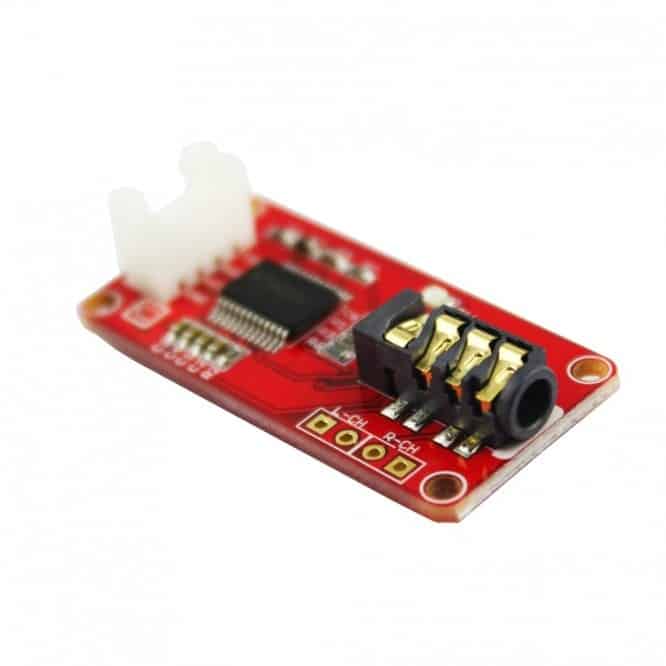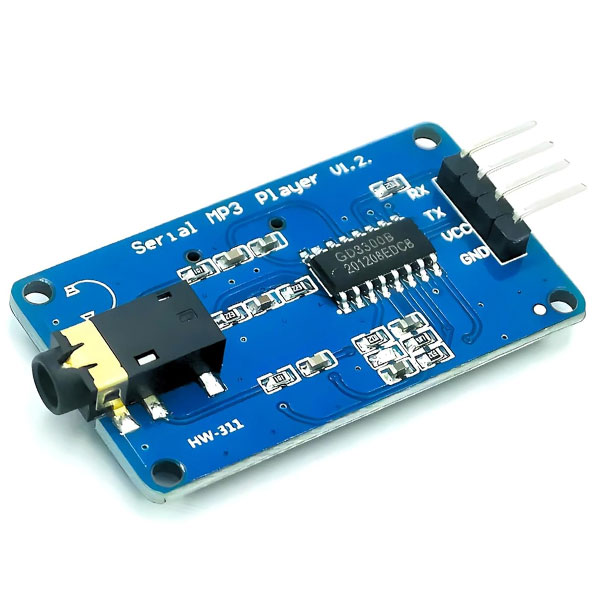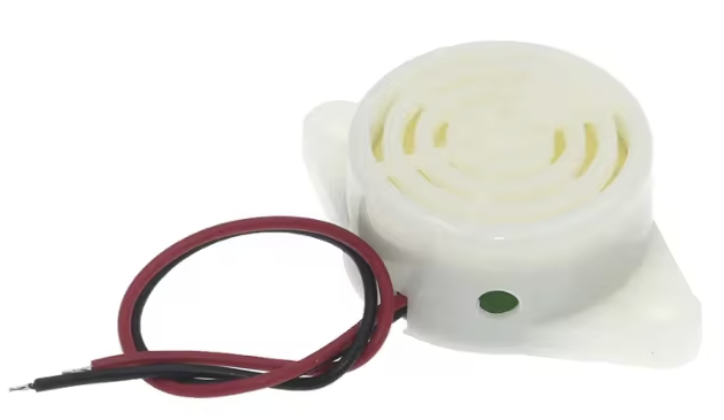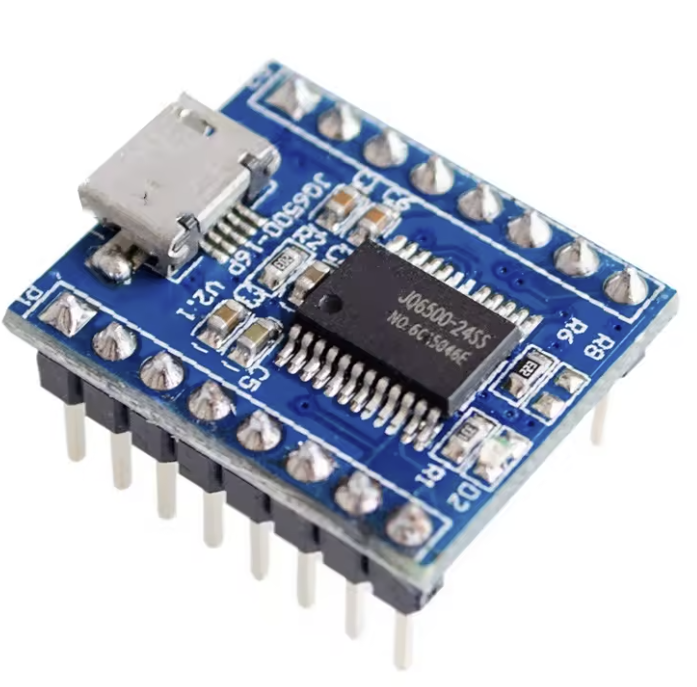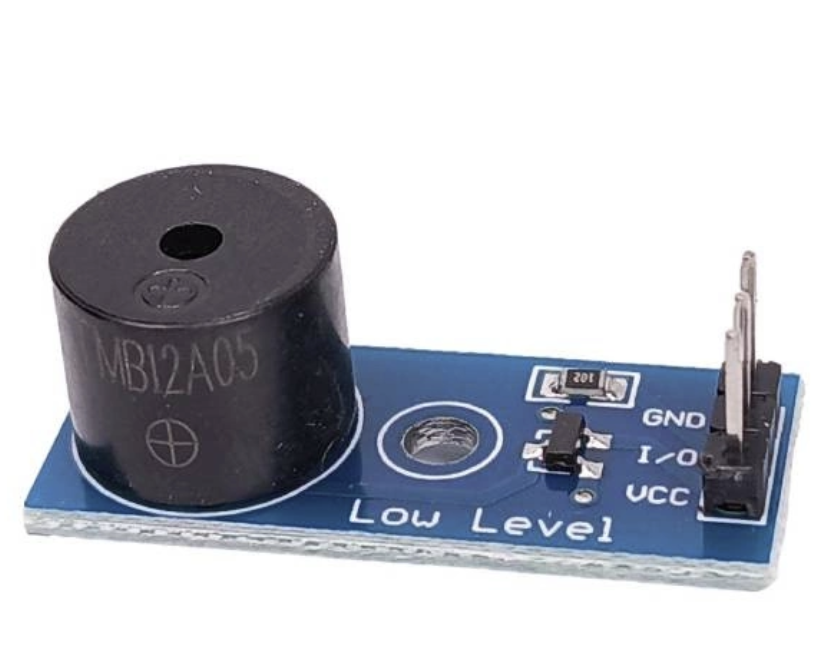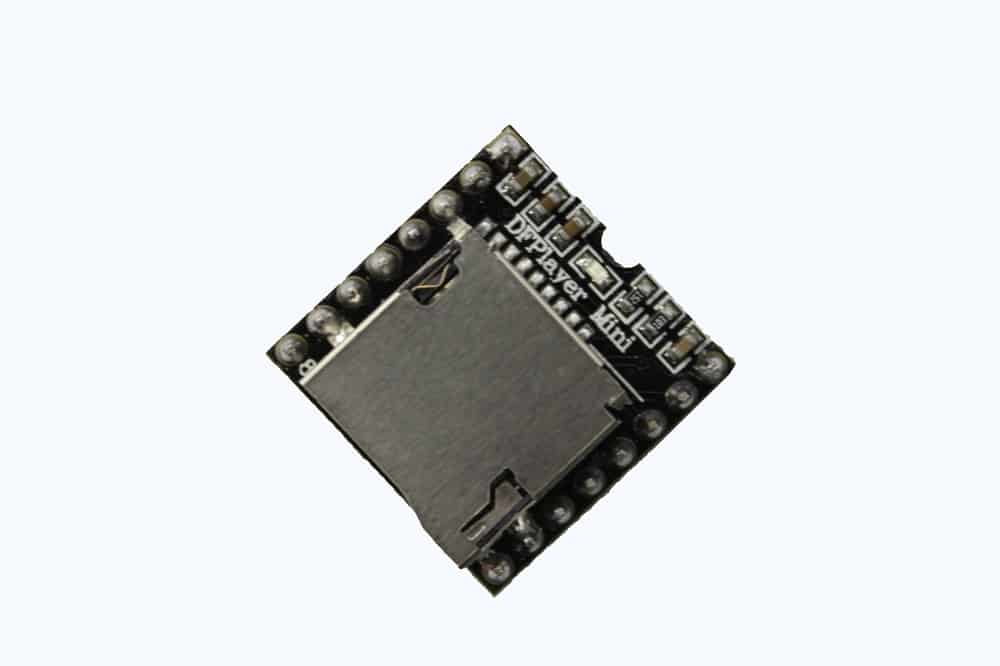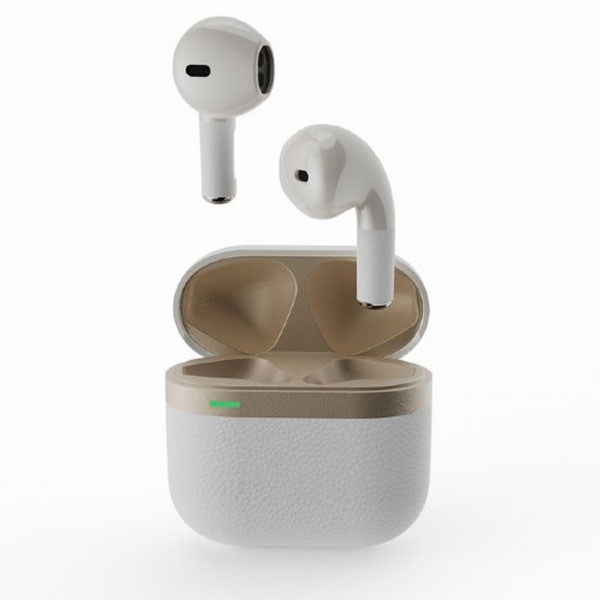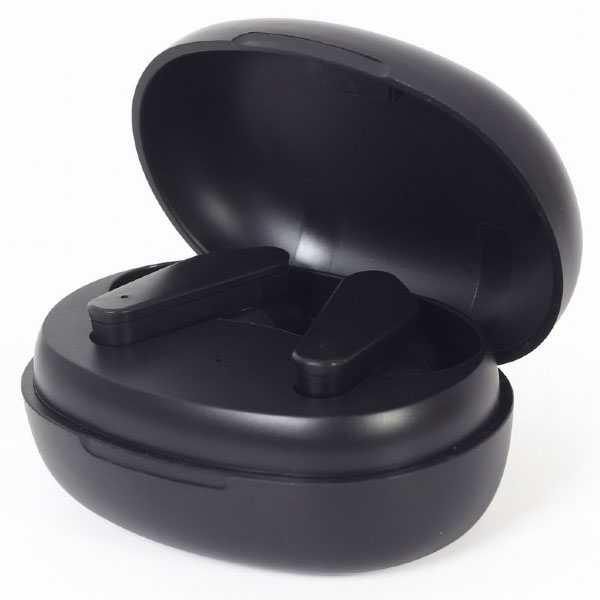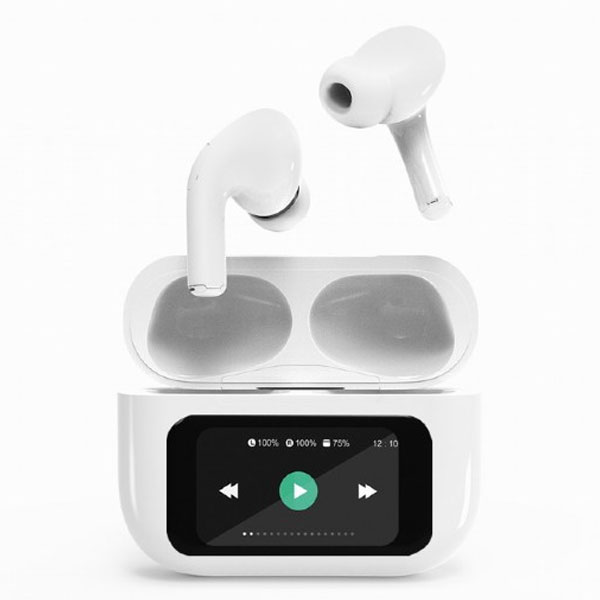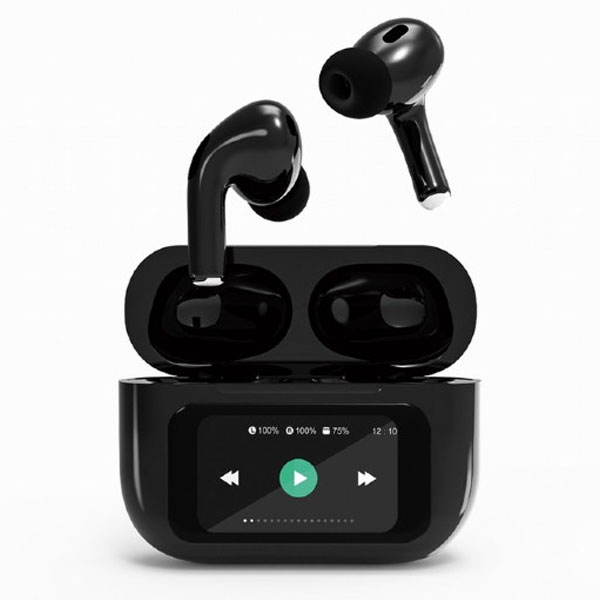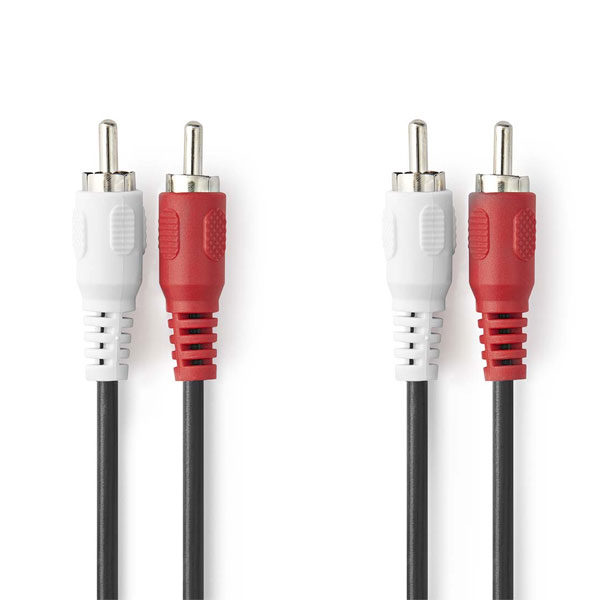5183+ reviews
Order by 16:00 for same day shipping
14 days return
EN
Individual
Business
Filters
Price
to
Sensortyp
LED / Display
Cable length
Raspberry Pi
Sound
Sound is indispensable in many electronic projects. It provides alarm signals, gives robots a voice and makes warnings audible. Whether you are working on a simple warning system or a complex application. Sound components enable communication via sound. In our range you will find components that produce or register sound. These are popular with hobbyists and professionals. They are also indispensable in education, home automation and embedded systems.
52 products found
Sort by:
Different types of sound components
There are various types of sound components, each with its own function. Speakers convert electrical signals into audible sound. You will find compact speakers for small spaces, but also more powerful models for more volume. Piezo speakers are economical with power and take up little space. This makes them ideal for compact projects.
Buzzers give a clear acoustic signal. They are perfect for notifications or warnings. Active buzzers make sound independently when they are energized. Passive buzzers require a control signal from a microcontroller. The latter offer more control over pitch and rhythm, but require a bit more programming.
Microphones record sound. Electret microphones are cheap and fit well in Arduino projects. MEMS microphones are smaller and more sensitive. This makes them suitable for speech recognition and precision applications. Some modules combine a microphone with a detection circuit. This way you can see directly whether sound is present, without having to write complex code yourself.
Amplifiers and sound sensors complete the range. They improve the sound quality or amplify the signal. This is a great advantage, especially in applications with music or voice.
Practical applications
The applications of sound components are broad. In Arduino projects, makers use buzzers to sound an alarm or a speaker to play songs. In robotics, sounds help with interaction. They give the robot character and enable communication. In education, sound experiments make abstract concepts tangible. Students hear what a vibration is or how a sound wave works.
In home automation and IoT systems, sound plays a major role. Think of a buzzer that goes off when a sensor detects something. Or a microphone that recognizes a voice command. This way, your system responds to sound, without you having to press buttons.
Those who delve into audio electronics often build their own music player or sound system. Think of a smart doorbell that speaks or a system that recognizes clapping. For this you use speakers and amplifiers. This is often done with a Raspberry Pi or ESP32. The possibilities are endless.
What should you pay attention to when buying?
When buying sound components, a few things are important. The supply voltage must match your project. Some components work on 3.3 volts, others need 5 volts or more. The power consumption can also vary. Not every microcontroller can control every component. Sometimes you need an amplifier.
Also pay attention to the connection. Some modules have header pins, others you need to solder. For tests on a breadboard modular components are more convenient. Also check if the part is compatible with your platform. Not every sound component works directly with a Raspberry Pi . Our descriptions always state for which system it is suitable.
Finally, consider size and volume. A small housing won’t fit a big speaker. And in a quiet environment, you don’t want a loud buzzer. Sound quality is especially important for speech and music. So choose wisely.
